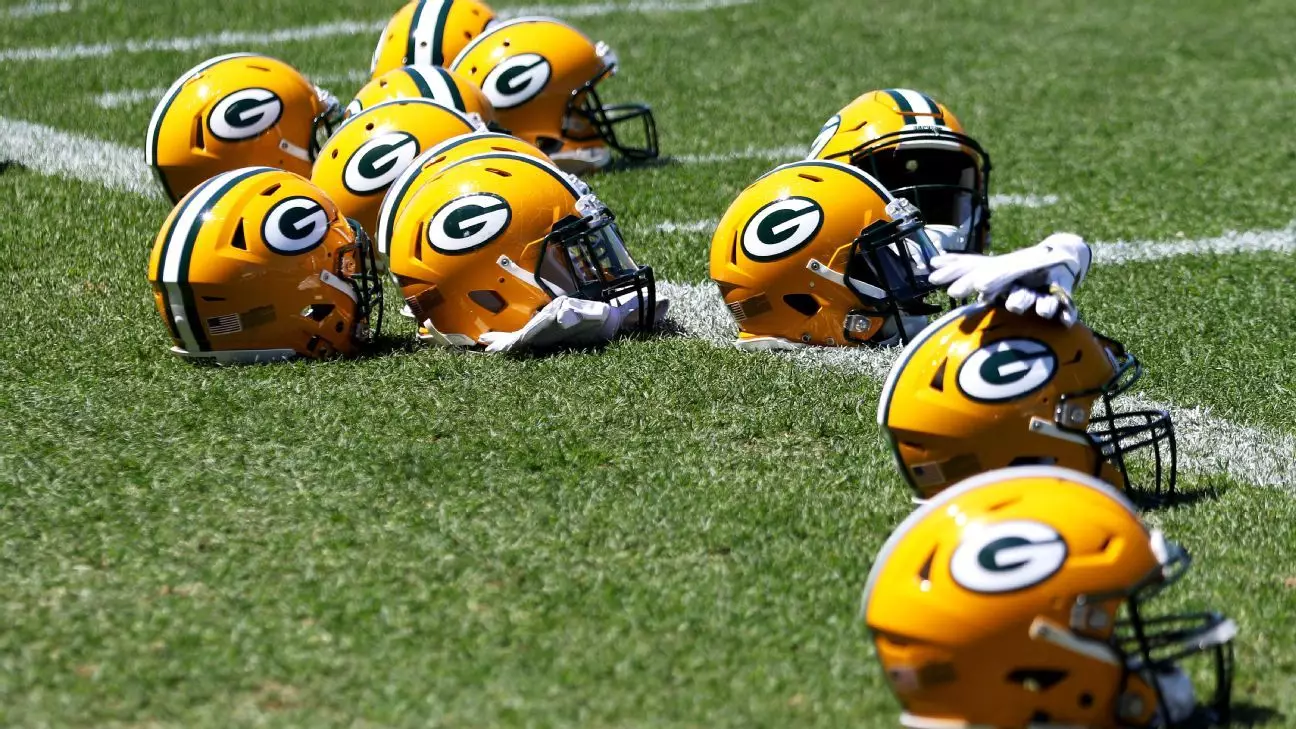The staggering increase in NFL revenues over the past two decades paints a picture of immense financial success, but a closer scrutiny reveals a complex landscape that masks deeper issues. When Mark Murphy took office just 18 years ago, the league’s revenue sharing was modest, amounting to $138 million per team. Now, with an eye-popping $432.6 million in distribution per franchise, it seems like the NFL is basking in unstoppable prosperity. Yet, this narrative of growth demands skepticism. Does this rapid monetary expansion truly benefit all stakeholders equally, or is it primarily a victory for the league’s top-tier franchises and corporate interests?
The NFL’s revenue explosion, driven largely by skyrocketing television deals and streaming ambitions, obscures a significant disparity between teams. While large-market teams like Green Bay enjoy steady growth and profitable operations, the vast majority of franchises, especially smaller-market or privately owned teams, grapple with financial insecurity. The assumption that larger pie equates to fairness is flawed; a rising tide does not lift all boats equally when the game’s economic structure favors established powerhouses and corporate giants.
Public Ownership and the Myth of Financial Equality
Green Bay’s unique status as a publicly owned team offers a rare glimpse into the league’s financial mechanics. With over half a million shareholders, the Packers operate under a model designed to prevent private control and maintain community ownership. This communal structure fosters a sense of pride, but it also circumscribes flexibility in funding and investment strategies that private owners might leverage. Despite the impressive growth in local revenues, largely through hosting one more game per season, it’s clear that the team’s financial strategy isn’t aimed at outpacing the league but at stability.
The fact that the Packers have amassed nearly $600 million in their corporate reserve fund highlights prudent financial management, yet also underscores a cautious approach that prioritizes sustainability over aggressive expansion. It raises questions about whether other teams, especially those mired in debt or lacking robust local support, are truly benefiting from the league’s collective growth. The illusion of shared prosperity has its limits when the economic realities of each franchise differ dramatically.
The Hidden Costs of Revenue Expansion
The large sums generated by the NFL are frequently tied to lucrative media deals and streaming ventures, signaling a bright future for broadcasting. However, this focus on media rights comes with hidden costs. The league’s emphasis on national revenue growth, primarily from broadcast television, risks neglecting the foundational, community-based aspects of football—local support, youth development, and fan engagement at the grassroots level.
The billions of dollars flowing into league and team coffers do not automatically translate to an equitable distribution of benefits. The disparities in local revenues, and the fact that teams like Green Bay have to invest hundreds of millions into maintaining Lambeau Field and facilities, expose the uneven landscape. Moreover, with no dividends paid to shareholders and restrictions on ownership, the community-oriented model becomes a double-edged sword. While it preserves the team’s identity and local heritage, it limits avenues for capital injection and risk-taking that could foster innovation or address broader social responsibilities.
The Power Play of the NFL and the Future of Fairness
Despite the league’s claim of consistent growth, the true challenge lies in ensuring that this prosperity does not widen the gap between the haves and have-nots. The NFL’s dominant position in media rights negotiations and its entrenchment at the center of American sports culture give it unmatched power, yet this dominance often results in superficial headlines of success that conceal ongoing inequalities.
In a society that values fairness and equitable opportunity, the NFL’s current financial model reveals inherent contradictions. The league touts record revenues, yet the benefits are unevenly spread, with consumer costs rising—ticket prices, merchandise, and streaming—and local communities bearing the brunt of sports-related gentrification. Additionally, the public ownership model of teams like Green Bay emphasizes community engagement but limits financial agility, potentially hampering efforts to adapt to the evolving sports economy.
As the NFL’s revenues continue to soar, questions about responsibility and fairness become more urgent. Will the league leverage its financial might to foster more inclusive growth, or will it continue to concentrate wealth among a select few, leaving broader societal needs unaddressed? The coming years may reveal whether this unprecedented influx of money can be harnessed for genuine positive change or whether it will perpetuate a cycle of inequality masked by impressive numbers.


Leave a Reply